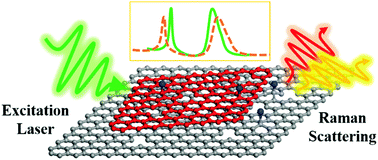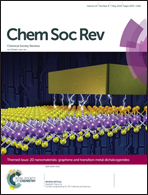Spotting the differences in two-dimensional materials – the Raman scattering perspective
Abstract
Two-dimensional (2D) layered materials have attracted tremendous attention and led to a prosperous development in both fundamental investigation and device applications in various fields, such as nanoelectronics, flexible devices, sustainable energy and catalysts. The precise characterization of the structure and properties of 2D materials is in urgent need. Raman scattering spectroscopy is one of the most popular characterization tools that is convenient, rapid and non-invasive. It provides information on both the lattice structure from the frequency of phonon modes and the electronic band structure through the intensity due to electronic resonance Raman scattering. Although a few morphological characterization tools can image 2D materials with atomic resolution, Raman scattering measurements are more tolerant to the conditions of sample preparation such as the substrate and less technically demanding, and have been one of the routine tools for the characterization of 2D materials. In this review, we focus on the characterization of 2D materials using Raman scattering spectroscopy, in particular, the revealing of differences from primitive 2D materials, such as defects, doping effects, van der Waals heterostructures and the interaction with molecules. The characteristic Raman features of such differences and the corresponding interpretation will be discussed. We hope that this review will be useful for wide research communities of materials, physics, chemistry and engineering.

- This article is part of the themed collection: 2D nanomaterials: graphene and transition metal dichalcogenides


 Please wait while we load your content...
Please wait while we load your content...